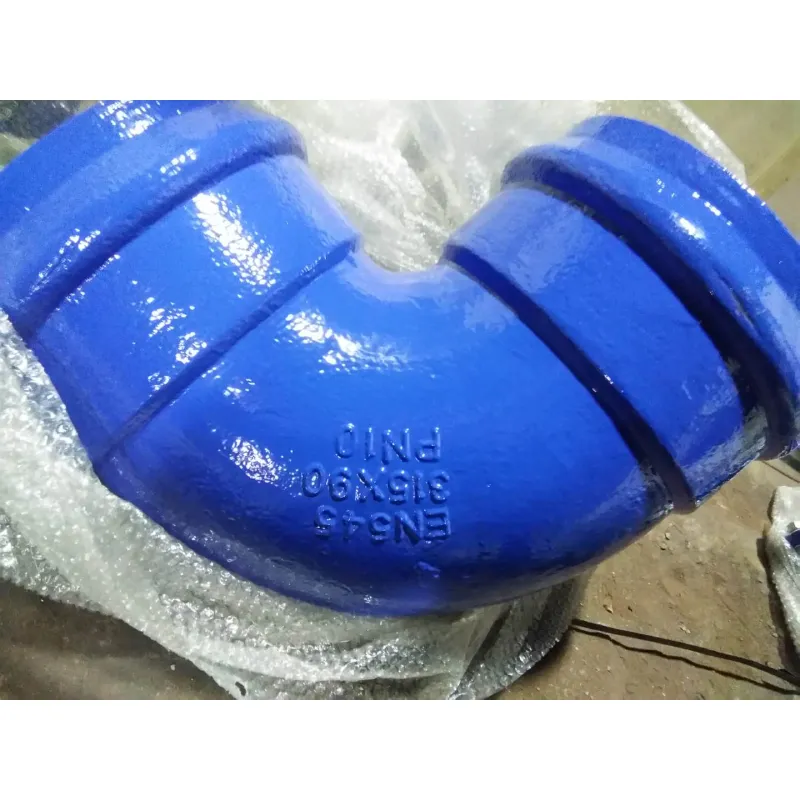Effective Solutions for Preventing Vehicle Accidents with Anti-Crash Bollards
Understanding Anti-Crash Bollards Enhancing Security and Safety
In an era where public safety is of paramount importance, anti-crash bollards have emerged as essential protective measures, particularly in urban environments. These robust structures serve a dual purpose enhancing security against potential vehicular threats and managing the flow of traffic in densely populated areas. As cities continue to grow and the need for public safety increases, understanding the significance and functionality of anti-crash bollards is vital.
What Are Anti-Crash Bollards?
Anti-crash bollards are vertical posts designed to block, redirect, or slow down vehicles. They are manufactured from heavy-duty materials such as steel or reinforced concrete and can withstand significant impacts. Unlike traditional bollards that may serve aesthetic purposes or simply guide pedestrians, anti-crash bollards are engineered specifically to prevent unauthorized vehicle access in sensitive areas, such as government buildings, airports, and crowded public spaces.
The Importance of Anti-Crash Bollards
The rise in vehicular attacks in public spaces has underscored the critical need for effective security measures. Anti-crash bollards act as a physical barrier, deterring potential threats and providing a safeguard for pedestrians and property. Their strategic placement can significantly reduce the risk of terrorist attacks or vehicular accidents, thereby protecting lives and fostering a sense of safety in urban settings.
Moreover, these bollards contribute to traffic management. By designating specific traffic zones and controlling vehicle access, they help maintain order in busy environments, ensuring that pedestrian areas remain safe and accessible. This functionality is especially crucial in high-traffic events or areas frequented by tourists and locals alike.
anti crash bollards

Types of Anti-Crash Bollards
There are various types of anti-crash bollards, each designed for specific safety requirements. Fixed bollards, which are permanently installed, provide constant protection. In contrast, retractable or removable bollards can be deployed as needed, offering flexibility in managing access to certain areas without sacrificing security. Additionally, some bollards come equipped with technology that allows for the integration of surveillance systems, enhancing monitoring capabilities in sensitive locations.
The Installation Process
Installing anti-crash bollards involves careful planning and analysis of the environment in which they will be placed. Factors such as the anticipated impact force, the surrounding infrastructure, and the specific security needs of the area must be considered. Experts typically recommend consulting with security professionals to determine the most effective bollard type and configuration to create a comprehensive security solution.
Conclusion
Anti-crash bollards are a crucial component of modern urban security. By providing physical barriers against vehicle threats, they not only protect lives but also enhance the overall safety and functionality of public spaces. As cities continue to evolve, investing in robust security measures such as anti-crash bollards is imperative. These structures represent a proactive approach to safeguarding communities from potential dangers, allowing individuals to go about their daily lives with greater peace of mind. As technology advances and urban planning becomes more intricate, the role of anti-crash bollards will undoubtedly expand, further solidifying their place as indispensable elements in the landscape of public safety.
-
Square Sewer Cover Enhances Urban SafetyNewsAug.01,2025
-
Pipe Fitting Requires Precise AlignmentNewsAug.01,2025
-
Manhole Step Is DurableNewsAug.01,2025
-
Manhole Cover Is Found WorldwideNewsAug.01,2025
-
Hole Cover Frame On RoadsNewsAug.01,2025
-
Gully Grate Improves Road SafetyNewsAug.01,2025
-
Man Hole Cover Round Load CapacityNewsJul.31,2025
